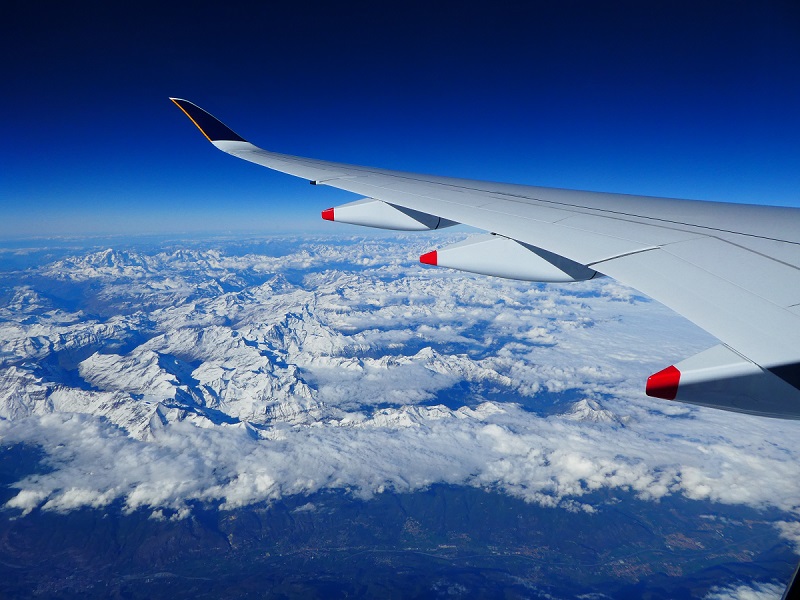AIRFARES will continue to fall in real terms next year as consumers benefit from more destinations and increased global flight frequencies that will see 73 aircraft depart each minute.
The International Air Transport Association is predicting the average return fare next year will be $US351 before surcharges and taxes, or 63 per cent lower than 22 years ago when adjusted for inflation.
That compares with an average return fare of $US363 this year and $US407 last year.
The number of unique city-pair connections is expected to reach 18,000 this year, almost double the number 20 year ago.
Consumer spending on air travel is expected to hit $US769 billion, or 0.9 per cent of world GDP, as the wider economy gets a significant boost from the industry
But traffic growth , which is measured in revenue passenger kilometres (RPKs), is expected to slow to 4.9 per cent as almost 4 billion people take to the air.
“RPKs, which have been growing well above trend despite a sluggish world economy, are forecast to slow further in 2017 as the price stimulus from lower fuel prices starts to reverse,’’ IATA’s latest economic report said. “Next year we expect air travel to be growing close to its 20-year trend.’’
The airline umbrella group reported that airline chief financial officers and heads of cargo were still positive about the growth of air travel and more so about cargo, which is expected to see traffic growth of 3.3 per cent next year.
“But there is much uncertainty about the outlook: price stimulus from lower oil prices is moving into reverse, the impact on growth of Brexit and the economic policies of the new US President are not yet clear, while world trade remains much weaker than before the GFC,’’ it said.
“In this forecast, we have assumed that economic growth will accelerate moderately in 2017, as fiscal policies ease a little.’’
Airlines are expected to take delivery of about 1700 new aircraft this year and more than a 1000 next year to bring the global fleet to almost 29,000.
This means there will be almost 4.1 million seats available by the end of next year but aircraft will not be flying quite as full with the average global passenger load factor slipping to below 80 per cent.
“Aircraft are also being flown more intensively,’’ the report said “The number of scheduled aircraft departures is forecast to exceed more than 38 million next year. That’s an average of 73 aircraft departing each minute of 2017.’’
One downside for passengers, according to IATA, is that they are increasingly bearing the direct cost paid for using infrastructure such as air traffic control and airports.
The trade group said the cost using airport and air traffic control services had risen steeply over the past decade "partly because competitive pressures are very weak in this part of the supply chain.’’
“Moreover, inefficiencies causing delay and inefficient routings add to the direct cost,'' it said "We forecast that the delays caused by inefficient airspace management in Europe alone will cost the industry over €2.8 billion next year, as well as generating unnecessary CO2 emissions.
"The time passengers waste in these delays is a consumer cost worth an estimated €4.8 billion.’’
For those looking for a job, the pace of hiring is expected to slow compared to the recent strong pace but airline employment to grow by 2.2 per cent to reach 2.67 million worldwide.
Wages and jobs will rise as employees share the benefits of improved performance,’’ the report predicted, before adding: “There are risks if labour costs become unsustainable when the next downturn arrives.’’
IATA calculates that the gross value added to national economies by each airline employee will rise 2.9 per cent to top $100,000 annually.
























